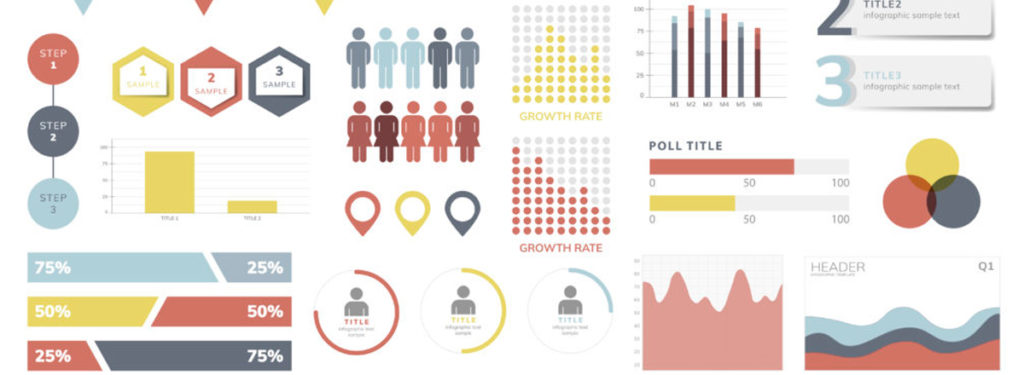Quickly, define your target market. Say it in your head … now.
OK, how many demographics did you identify in your definition? Did you identify an industry? A role? Gross revenue? Employee count? Gender? Age range? Household income?
Identifying demographic characteristics is an easy way to filter and segment your best potential customers based on a combination of assumptions and historical data. However, many of us fall into a mental trap that these characteristics somehow help us understand our customers — but they don’t. They are only coincidences.
We tend to get caught up in Big Data explanations of our customers and target segments because that data is typically accessible and easy to quantify. We build personas to help us wrap our heads around prospects, believing that a “busy, working, married female between the ages of 30 and 55” is somehow insightful. In reality, it is only a generic categorization of a group of people emotionally connected to you or the perceived value you provide that is expressed in some other way.
Measure Emotional Nuances Instead
I contend that this generic categorization is ultimately the reason that organizations find it challenging to repeat their best customers. The reason that these customers are a great fit has absolutely nothing to do with what industry they are in, how many employees they have or what their gross revenue is.
The real reason lies in a single, or combination of, emotional nuances that exist between you and them. A connection that is congruent with both of your cultures, business models and personal preferences.
If you want to repeat your best customers, you have to start thinking about your customers differently. We have consistently seen that our highest performing clients all think about their customers in a unique way relative to their competitors. It is a huge advantage.
We have found that demographics are best used as a digital targeting mechanism. The actual commonalities that your best customers share are typically small, indiscernible nuances that are challenging to see with the untrained eye and even harder to measure.
Here is a new way to break out of coincidental thinking and start uniquely segmenting your prospects:
- Accept that any standard metric is just the price of showing up. Age, gender, household income, industry, gross revenue, employee count — these are easy to do for both you and your competitors and, therefore, hold little value. They exist to help point you in a cardinal direction but are almost worthless if you want to truly understand or connect with customers and prospects.
- Create hypotheses as to why your demographic metrics are what they are. Don’t just accept that your product or service performs better in a certain demographic; ask yourself why they perform better. Empathize and create hypotheses based on the feelings and emotions of the users. Ask uncomfortable questions such as, “How do they use our product our service? Is it different than how WE think they should be using our product or service? How do they talk about us behind our back? What are they most scared of? What is keeping them from growing? Why do they choose us over our competitors?” Real insight comes from the answers to these questions and questions like them.
- Measure what your competitors aren’t measuring. We have seen the most successful business developers work with customized, seemingly bizarre metrics to identify potential customers. Some interesting metrics we have seen that have been game changing for organizations over the years are:
- The distance someone lives from his or her mother
- How many times someone has been laid off
- If someone’s child has been bullied at school
- The number of safety violations in a year
- How many years someone has been driving a truck
These may seem strange and hard to logistically measure, but these metrics are at the core of sales and marketing at their organizations and have been proven time after time to drive better leads and increase close rates.
4. Create a process of systematically measuring your new variables. Everything is measurable. Everything. If you know you need to measure something, you will find a way. Don’t rely on other people to measure it for you. If you are the only one with a metric, you have a competitive advantage.
If you want to recreate your best customers and grow your organization, it’s time to evolve past simple thinking around demographic coincidences and start thinking and measuring the emotions of your potential customers using Emotional Data.
Once you measure those emotions, not only will you have new metrics, you will have unique metrics. You will leave your competition in the dust.
 Grant Gooding is an emotional-data thought leader; speaker; and marketing and neuroscience nerd. He is founder and CEO of PROOF Positioning, a market research firm that specializes in emotional data.
Grant Gooding is an emotional-data thought leader; speaker; and marketing and neuroscience nerd. He is founder and CEO of PROOF Positioning, a market research firm that specializes in emotional data.

